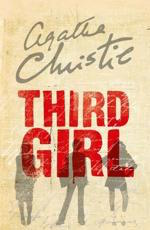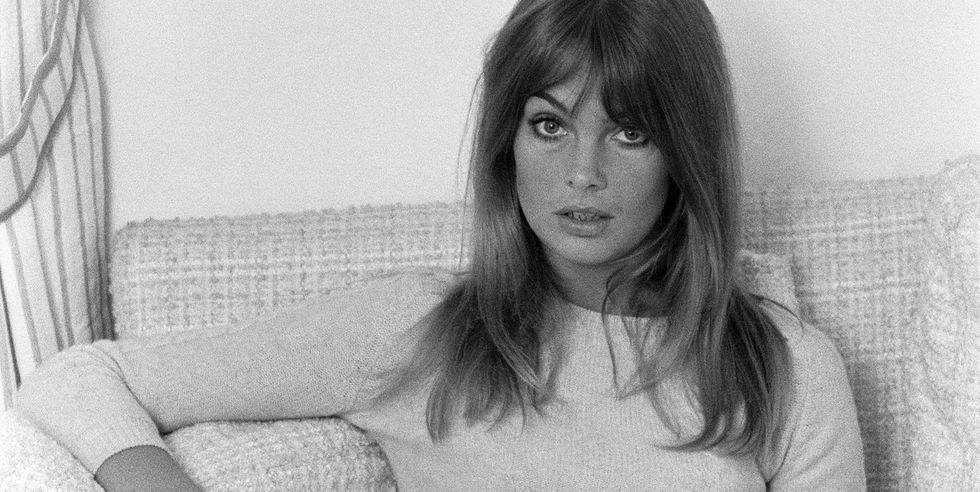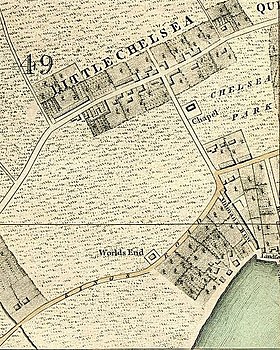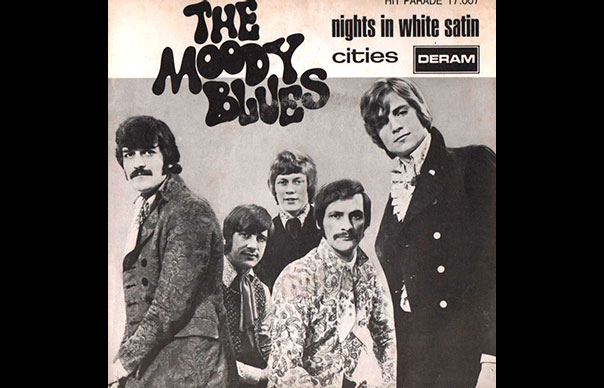
Poirot Score: 60
Third Girl
☆☆☆
Reasons for the Poirot Score:
This is an interesting novel. It features Hercule Poirot and Ariadne Oliver, both prominent throughout. They are the ying and the yang of detectives, respecting each other’s complementary qualities. They solve this puzzle together. Mrs. Oliver personifies emotional intuition and exuberant physical energy. Hercule Poirot personifies calm, logical deductive reasoning, whilst sitting still in his square armchair.
The book is well clued. The score is lower than some readers might expect because aspects of the plot are hard to believe.
It brought the London of 1966 vividly back to me as I reread it. There is also wonderful humour of both Ariadne Oliver and Poirot finding the whole sex, drugs and rock an’ roll scene completely bewildering, just as my parents and grandparents did at the time.
Click here for the Review (plot spoilers ahead)
Trivia
The World’s End, Chelsea

Much of the action in the book is set within The World’s End area of Chelsea. This is a real part of London. It is not clear how it got its name. It has had a rather wicked reputation for centuries. There was a pleasure garden and Inn here in the reign of Charles II (1660-1685). Fashionable , rich people would take a boat up the Thames to Chelsea from the City of London, for a wild night out. The World’s End area of Chelsea is right by the river, slightly further upstream from the world famous Chelsea Physic Garden (1673), which was also developed here in Chelsea’s alluvial fields at that time.
London has been through many cycles of development and expansion. By Victorian times, Chelsea was more of a slum area. By the 1960s this area was rediscovered by the rich and famous for wild nights out. Just off the King’s Road ( listen to Round The Horne BBC Radio 4 i-player for sketches of ‘Jules and Sandy’ to understand how important the King’s Road was in the 1960s if you want more detail), the Chelsea set of rock stars (Keith Richards), supermodels (Jean Shrimpton and Twiggy) and bohemian young aristocrats shopped in boutiques, and got stoned with The Stones.
Dedication: To Nora Blackborow
Nora Blackborow worked for Edmund Cork, Christie’s literary agent.
Not Ophelia – Iphigeneia
Christie never patronises her readers. Christie adored Shakespeare and often uses Shakespearean characters as a shorthand way of description. In Third Girl Norma Restarick reminds both Poirot and Oliver of Ophelia in Hamlet, quite independently. Norma has long bedraggled hair, looking as though she has just tried to drown herself, as well as very inconsistent behaviour. Norma’s father wants her put in an asylum. Ophelia’s father was murdered accidentally by Prince Hamlet, which might also be a subconscious Christie clue.
Poirot thinks: ‘There were two opinions about Norma. Was Ophelia mad or was she pretending madness? Actresses had been variously divided as to how the part should be played – or perhaps, he should say, producers. Was Hamlet mad or sane? Take your choice.
In ancient Greek myth King Agamemnon killed his daughter, Iphigeneia, as a human sacrifice to appease the Gods at the start of the Trojan War. Iphigeneia was an innocent victim to the politics of her time, which is a huge clue to solving Third Girl.
Male Fashion: Peacocks and Vandykes
a black coat, an elaborate velvet waistcoat, skin tight pants, and rich curls of chestnut hair hung down his neck. He looked exotic and rather beautiful, and it needed a few moments to be certain of his sex.
vain, proud, a peacock in love with his own appearance
Yes, they do look like Vandykes sometimes if they are good looking
Third Girl
There are different characters who describe the men of the 1960s with their long hair and ruffled shirts as VanDykes, or as peacocks.
Robert Franklin, Fellow of All Souls, Oxford told us that he was given supper by Christie in 1967, at Winterbrook, the Mallowan’s house in Wallingford. Franklin made a remark about the clothes some men were wearing.
Christie said
Oh Robert. Don’t be silly. I like to see young people peacocking around in their finery
Robert Franklin with thanks.
Restarick or Trefusis?
Ariadne Oliver at the start of Third Girl is trying to remember Norma’s name and muddles up two Cornish surnames. Christie was clearly fond of these names. Johnnie, Alexis and Stephen Restarick are all characters in They Do It with Mirrors [1952]. Emily Trefusis is in The Sittaford Mystery [1931].






